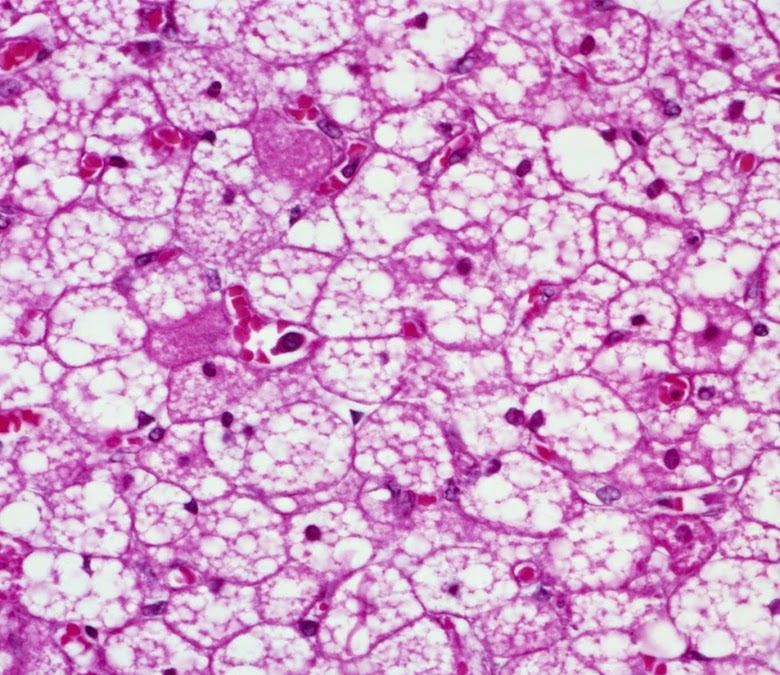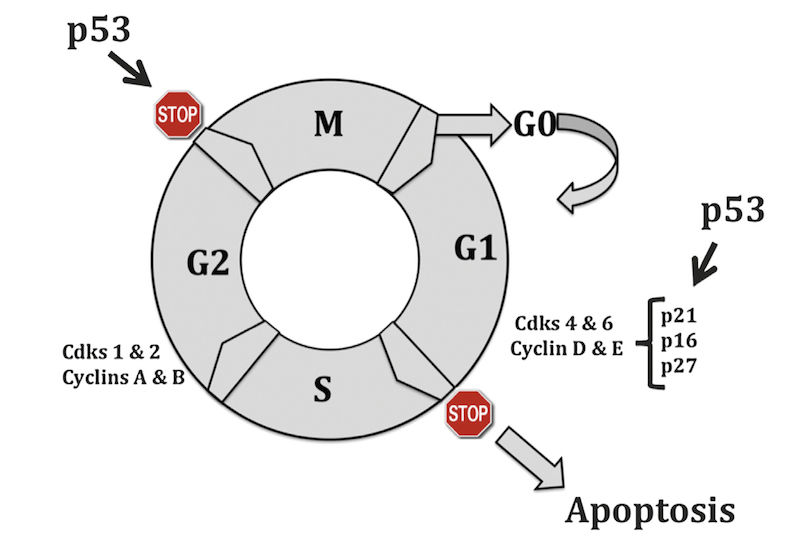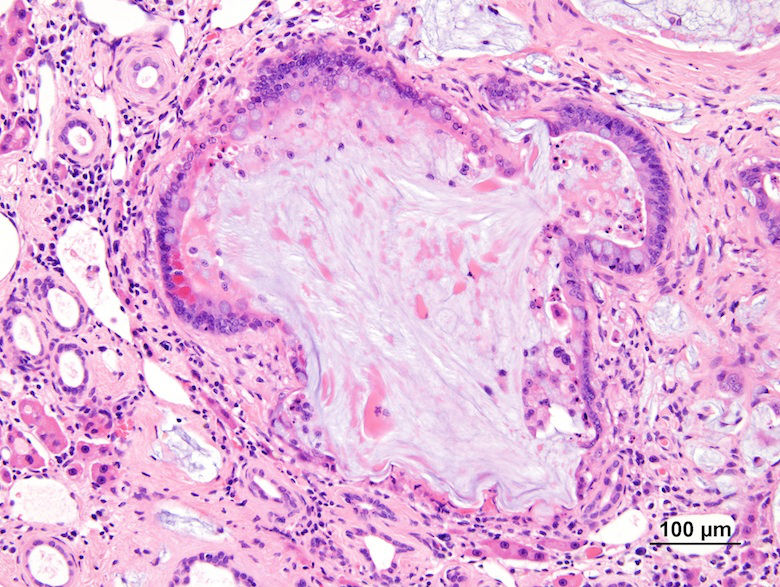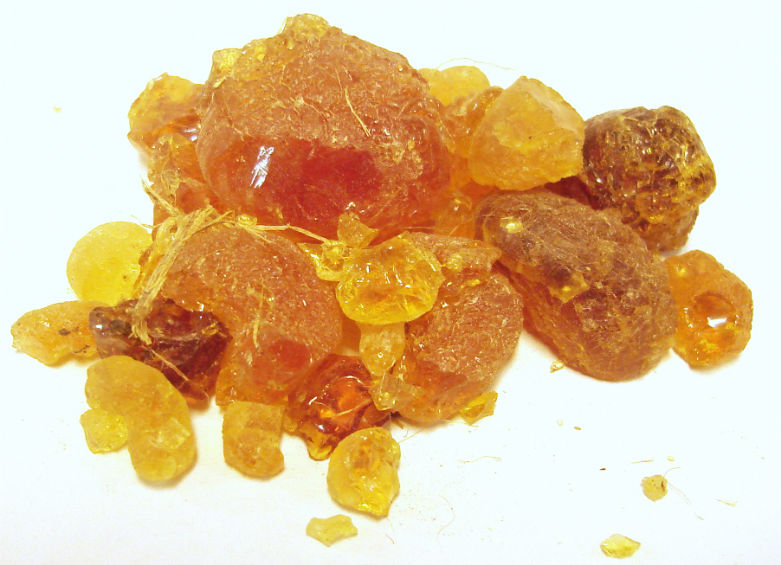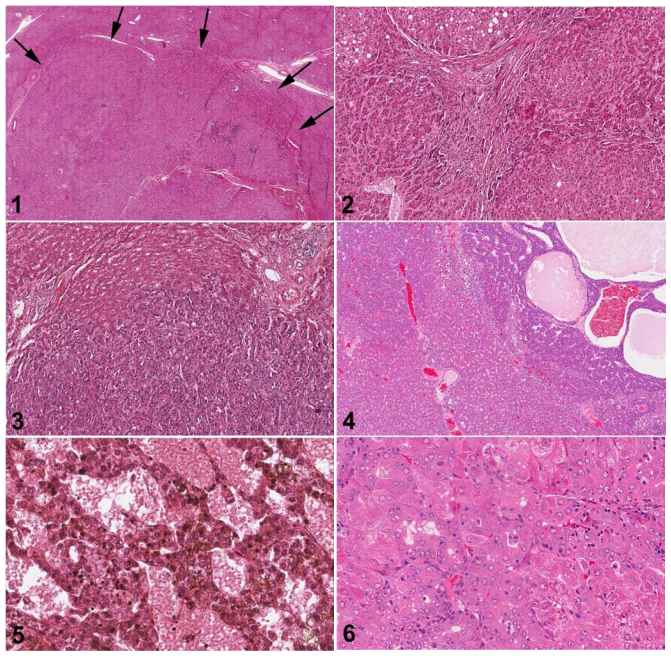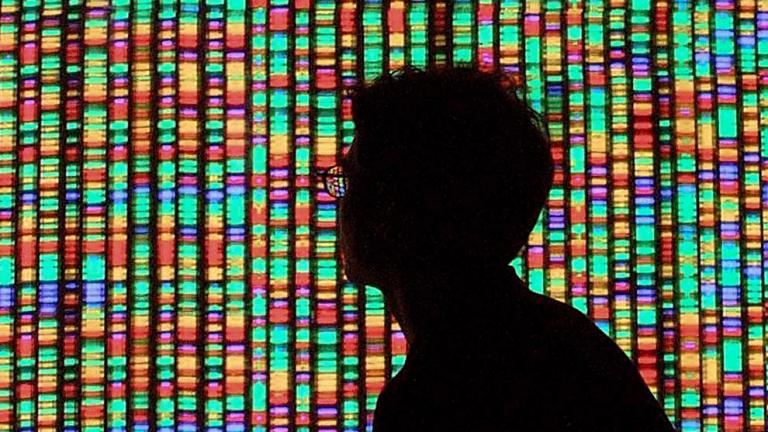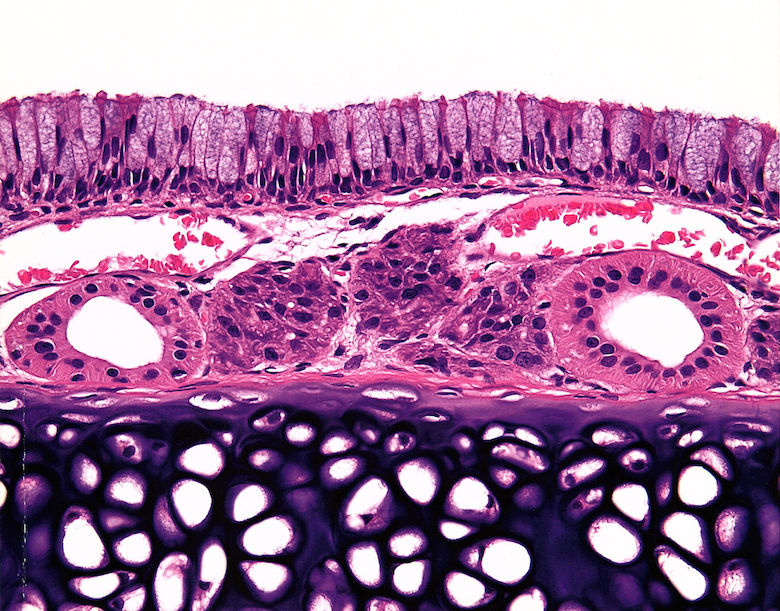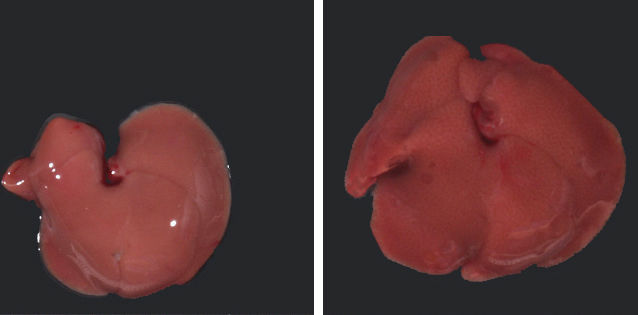The Role of the Toxicologic Pathologist in the Post-Genomic Era
Robert Maronpot2017-01-11T22:13:22+00:00An era can be defined as a period in time identified by distinctive character, events, or practices. We are now in the genomic era. The pre-genomic era: There was a pre-genomic era. It started many years ago with novel and seminal animal experiments, primarily directed at studying cancer. It is marked by the [...]

